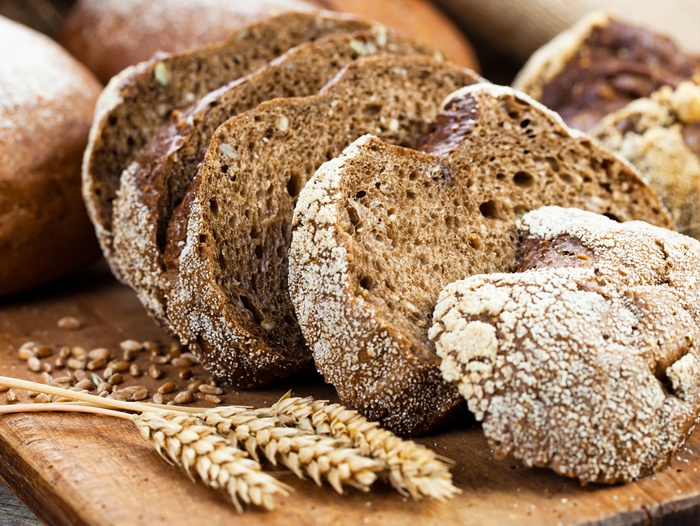Whole Grains Council: Trace Your Grains
June 25, 2020 | 2 min to read

The past decade has been a boon for farmers markets, farm-to-fork restaurants, and demand for local products in all corners of the food world. This demand exhibits a growth in consumer knowledge and attention to where food comes from. Transparency in every step an ingredient takes to one’s plate has proved to be anything but a fad as consumer awareness continues to grow and encompass new questions and concerns. Identity-preserved (or IP) products are a result of this ever-growing desire for more information, providing the traceability and quality manufacturers are looking for and the transparency consumers are starting to demand.
CONSUMER TRENDS
At the Whole Grains Conference in 2018, Melissa Abbott of The Hartman Group presented on consumer trends in contemporary food culture, and highlighted ‘mindful sourcing’. Consumers are asking meaningful questions about the origins of their food and seeking a narrative behind the ingredients they are buying. Value is placed not only on where ingredients come from, but how they are grown, and what chemicals were or were not used to produce them. Consumers are increasingly interested in knowing about the soil health and regenerative farming practices used to cultivate a specific ingredient. This is a change from the questions consumers historically were most concerned with, namely the amount of specific macro nutrients a product contained. Though the nutrients in a product, such as the fiber and fat levels, are still extremely important to consumers, these attributes no longer enjoy consumers’ undivided attention. We have seen the market respond to these new consumer questions with packages carrying what Abbott calls ‘farm driven messaging’, which includes information about the actual space of production, and who is growing the ingredients and how. The relatively recent uptick in certifications and product labels competing for packaging space further exhibits how the market is finding innovative ways to meet consumer demand for more quality information on how ingredients are grown.
To read the rest of the story, please go to: OLDWAYS WHOLE GRAINS COUNCIL
